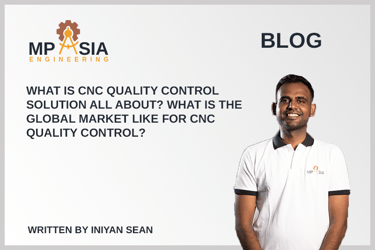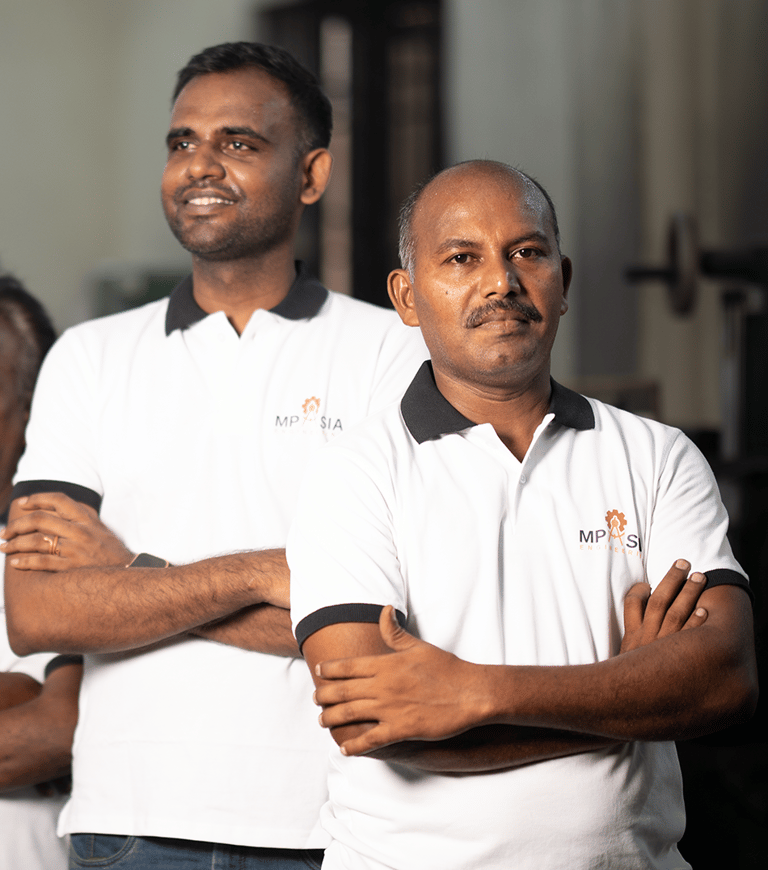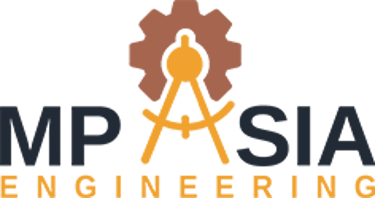What should I be aware of before doing CNC Quality Control project?
This article talks about key factors that we need to pay attention to if we are about to do CNC assembly project. These factors are Define Quality Requirements, Understand the CNC Process, Select Appropriate Quality Control Methods, Data Management and more
CNC QUALITY CONTROL SINGAPORE
Embarking on a CNC quality control project requires careful planning and consideration of various factors to ensure success. MP Asia Engineering's Team has come up with key factors to consider before doing a CNC Quality Control Project. We have been in this business since 2015 and these are the items we take note of each time before getting into a CNC Quality Control project. These factors are more or less same with all service providers. Now let's look at our 14 fey factors to consider;






3) Select Appropriate Quality Control Methods
In-Process vs. Post-Process: Decide whether in-process monitoring, post-process inspection, or a combination of both is needed.
Measurement Tools: Choose the right measurement tools and technologies (e.g., CMM, optical scanners, probes).
4) Data Management
Data Collection: Plan how data will be collected, stored, and analyzed.
Software Solutions: Consider using quality management software (QMS) or statistical process control (SPC) software for data analysis and reporting.
8) Calibration and Maintenance
Regular Calibration: Schedule regular calibration of measurement instruments to maintain accuracy
Preventive Maintenance: Implement a preventive maintenance program for CNC machines and quality control equipment.
11) Supplier and Material Quality
Supplier Audits: Conduct audits of suppliers to ensure they meet quality standards.
Material Inspection: Inspect incoming materials to ensure they meet specifications before they are used in the manufacturing process.
14) Project Management
Timeline: Develop a realistic timeline for the implementation of the quality control project.
Milestones: Set clear milestones and checkpoints to monitor progress.
Stakeholder Communication: Keep all stakeholders informed and involved throughout the project.
1) Define Quality Requirements
Specifications: Clearly define the quality specifications and tolerances for the parts being manufactured.
Standards: Identify relevant industry standards and regulatory requirements that must be met.
2) Understand the CNC Process
Machine Capabilities: Familiarize yourself with the capabilities and limitations of the CNC machines being used.
Tooling: Understand the tooling requirements and how tool wear can impact quality.
By being aware of these factors and carefully planning your CNC quality control project, you can enhance the likelihood of achieving high-quality outcomes and meeting your manufacturing goals. You can feel free to visit our CNC Quality Control page for more information if you require professional assistance. You can also check out our other services related to CNC Precision Engineering at our Services page.
If you are looking for some information on what the CNC quality control solution market is like in Singapore, then you can read this article, "What is the Singapore market like for CNC quality control? Who are some companies that are offering this solution in Singapore?"
We hope you enjoyed reading this article. If you have any questions or feedback regarding this article, feel free to send us an email at blog@mpasiaengineering.com
5) Integration with Existing Systems
Compatibility: Ensure that the new quality control systems are compatible with existing CNC and manufacturing systems.
Workflow: Plan how the quality control process will integrate into the overall manufacturing workflow.
6) Training and Skills
Operator Training: Ensure that operators and technicians are trained to use new quality control equipment and software.
Continuous Learning: Plan for ongoing training and skill development to keep up with technological advancements.
7) Cost Considerations
Initial Investment: Be aware of the initial costs for equipment, software, and training.
Ongoing Costs: Consider ongoing costs for maintenance, calibration, and consumables.
9) Risk Management
Identify Risks: Identify potential risks to quality, such as machine malfunctions or operator errors.
Mitigation Strategie: Develop strategies to mitigate these risks, such as redundancy in measurement systems or automated alerts.
10) Documentation and Traceability
Document Procedures: Document all quality control procedures and ensure they are easily accessible.
Traceability: Implement systems for traceability of parts and processes, such as barcoding or RFID.
12) Continuous Improvement
Feedback Loops: Establish feedback loops to continuously monitor and improve the quality control process.
Benchmarking: Compare your processes and outcomes with industry benchmarks to identify areas for improvement.
13) Regulatory Compliance
Compliance Checks: Regularly check for compliance with industry regulations and standards.
Documentation: Maintain thorough documentation to demonstrate compliance during audits.
Thank You
MP Asia Engineering Team
Singapore


Author of this article
Iniyan Sean
Singapore Country Manager


What is the Singapore market like for CNC quality control? Who are some companies that are offering this solution in Singapore?


What to look for in a vendor / company before engaging them to do CNC quality control service?


What is CNC quality control solution all about? What is the global market like for CNC quality control?
Related Blog Articles
Looking For CNC Precision Engineering Service? Get A Quick Quote!


We have dedicated account managers that are available from Mon-Friday, 9am to 6pm SGT. Do fill out this form and we will get back to instantly.
Dedicated Account Manager
24 Turnaround For One-Off Prototype
Parts Delivered OTIF After Confirmation
From Singapore To World
















